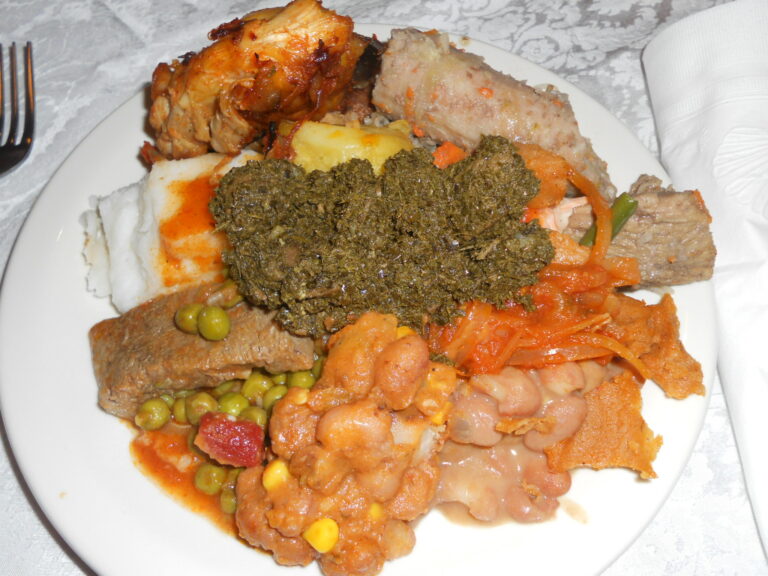Introduction: Exploring Malian Cuisine
Mali, located in West Africa, is home to a rich and diverse culinary tradition that reflects the country’s cultural heritage and geographical diversity. Malian cuisine is characterized by a variety of traditional dishes that are prepared using fresh, locally sourced ingredients and traditional cooking techniques. From hearty stews to flavorful rice dishes, Malian cuisine is a true reflection of the country’s vibrant and colorful culture.
The Rich Cultural Heritage of Mali
Mali has a rich cultural heritage that is reflected in its cuisine. The country is home to a diverse range of ethnic groups, each with their own unique traditions and customs. Some of the most prominent ethnic groups in Mali include the Bambara, Fulani, and Tuareg. These groups have their own distinct culinary traditions that have influenced Malian cuisine over the centuries.
The Significance of Food in Malian Culture
Food plays an important role in Malian culture. Meals are typically shared with family and friends, and the act of eating together is seen as a way to strengthen social bonds and build community. Traditional Malian meals are often prepared for special occasions such as weddings, religious celebrations, and festivals. These meals are typically made with fresh, locally sourced ingredients and are prepared using traditional cooking techniques.
Traditional Ingredients and Cooking Techniques
Malian cuisine relies heavily on fresh, locally sourced ingredients such as millet, rice, yams, and vegetables. Meat, particularly beef and goat, is also a popular ingredient in many traditional Malian dishes. Traditional cooking techniques such as grilling, roasting, and stewing are used to prepare these ingredients, and spices such as ginger, cinnamon, and cumin are used to add flavor and depth to dishes.
Regional Variations in Malian Cuisine
Malian cuisine is characterized by a variety of regional variations. In the north of the country, for example, dishes are often made with millet and meat, while in the south, rice is a staple ingredient. The Bambara people, who are one of the largest ethnic groups in Mali, are known for their use of peanuts in dishes such as maafe, a peanut stew. Tuareg cuisine, on the other hand, is characterized by the use of a traditional tea ceremony and dishes such as taguella, a flatbread made from millet flour.
Global Influences on Malian Cuisine Today
While traditional Malian cuisine is still widely enjoyed, global influences have also had an impact on the country’s culinary traditions. Western fast food chains such as KFC and McDonald’s have become popular in urban areas, and international culinary trends such as fusion cuisine have also made their mark. However, traditional Malian dishes such as tô, a millet-based porridge, and riz au gras, a flavorful rice dish, remain popular and continue to be enjoyed by Malians and visitors alike.

